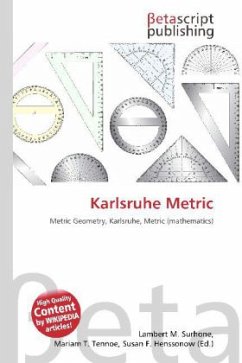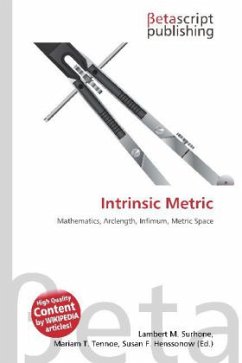Please note that the content of this book primarily consists of articles available from Wikipedia or other free sources online. In mathematics, a Cartesian product (or product set) is the direct product of two sets. The Cartesian product is named after René Descartes,[1] whose formulation of analytic geometry gave rise to this concept.For example, the Cartesian product of the 13-element set of standard playing card ranks {Ace, King, Queen, Jack, 10, 9, 8, 7, 6, 5, 4, 3, 2} and the four-element set of card suits { , , , } is the 52-element set of all possible playing cards: ranks × suits = {(Ace, ), (King, ), ..., (2, ), (Ace, ), ..., (3, ), (2, )}. The corresponding Cartesian product has 52 = 13 × 4 elements. The Cartesian product of the suits × ranks would still be the 52 pairings, but in the opposite order {( , Ace), ( , King), ...}. Ordered pairs (a kind of tuple) have order, but sets are unordered. The order in which the elements of a set are listed is irrelevant; you can shuffle the deck and it''s still the same set of cards.
Bitte wählen Sie Ihr Anliegen aus.
Rechnungen
Retourenschein anfordern
Bestellstatus
Storno








